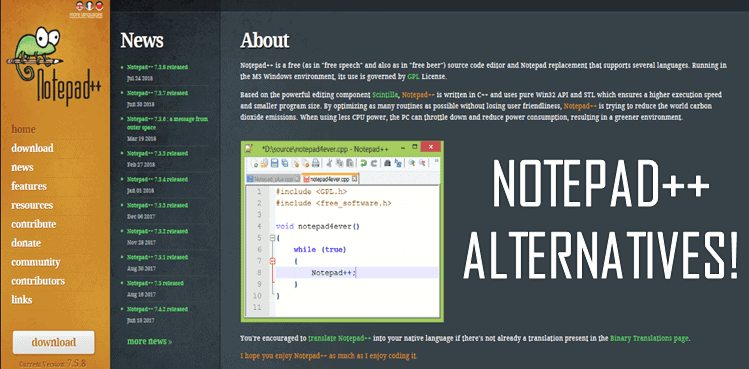Pay equity analysis is becoming a common term used around enterprises today. This is because pay equity itself is a major theme that’s been gradually gaining steam, especially over the past few decades.
You first must define pay equity before you can understand what it means to analyze it. In simple terms, pay equity is ensuring people are compensated equally for doing the same work. While no two individuals are exactly the same, time and time again it has been shown that there are pay discrepancies along racial and gender lines.
This issue is amplified for individuals who are being discriminated against on multiple fronts—such as black, Hispanic, and Native American women. For people in these groups, it’s not uncommon to be paid up to $1 million less than a white man over the course of a 40-year career. When you further consider the loss of being able to invest that money, the differences in real financial security and outcomes are worlds apart.
Herein lies the issue: pay equity is still a problem at many organizations today, oftentimes unintentionally. Analysis is really the only way to fully recognize and remedy pay equity disparities. Let’s take a look at the many benefits of pay equity analysis.
What Are the Benefits of Pay Equity Analysis?
A pay equity analysis—oftentimes referred to as a pay equity audit—is the best way to begin the process of eliminating pay gaps. There are many benefits to performing pay equity analysis at your enterprise:
- You can fully identify pay gaps – You don’t know the full extent of corporate pay disparities until you actually run a pay equity audit. Many managers are surprised to find their organizations have pay gaps, despite there being no concerted effort to pay certain employees more than others. Even if it’s not intentional, everyone has biases. The only way to overcome their negative impacts is to first recognize them, and then implement strategies for mitigating their effects in the present and future.
- Data is powerful – Once you’ve done a pay equity audit, you’re in business. Not literally, of course—that was already the case. Think of it this way: Data is your ticket to figuring out exactly what needs to be done in order to eliminate pay gaps. When you’re able to analyze this data, it’s possible to see trends over time, and even identify the root causes that are leading to differences in pay.
- Continual audits will keep you compliant – Pay equity analysis isn’t something you just do once and then wipe your hands with a successful grin. Achieving organizational goals on this front will take years of concerted effort. Continually auditing your pay standards will allow for even more analysis, and enable an understanding of how progress is happening over time. In addition to creating a fairer workplace, pay equity audits will also keep you compliant with state and federal compensation laws.
As you can see, there are some major benefits to pay equity analysis. Applying these to your organization, however, can be a challenge.
How Should Enterprises Conduct Pay Equity Analysis?
Once you’ve realized pay equity analysis needs to be a part of your ongoing operations, it’s time to determine the best way to integrate these practices. While it’s possible to do pay equity audits internally, it’s far more effective to hire an outside consulting partner.
When you work with an agency, you’ll get the benefit of better technology and expertise to guide you through the pay equity analysis process. By finding an organization that can effectively run your pay equity audit—as well as follow-up and whole lifecycle responsibilities—it’s possible to eliminate pay discrepancies in less time.
Unfair pay is a problem. Enterprises that don’t work to remedy their issues here will find they’re unable to attract a diverse, dedicated workforce, which has shown itself to be a positive attribution to a corporate culture. Performing pay equity analysis can help your organization do a much better job on this front.








Add Comment